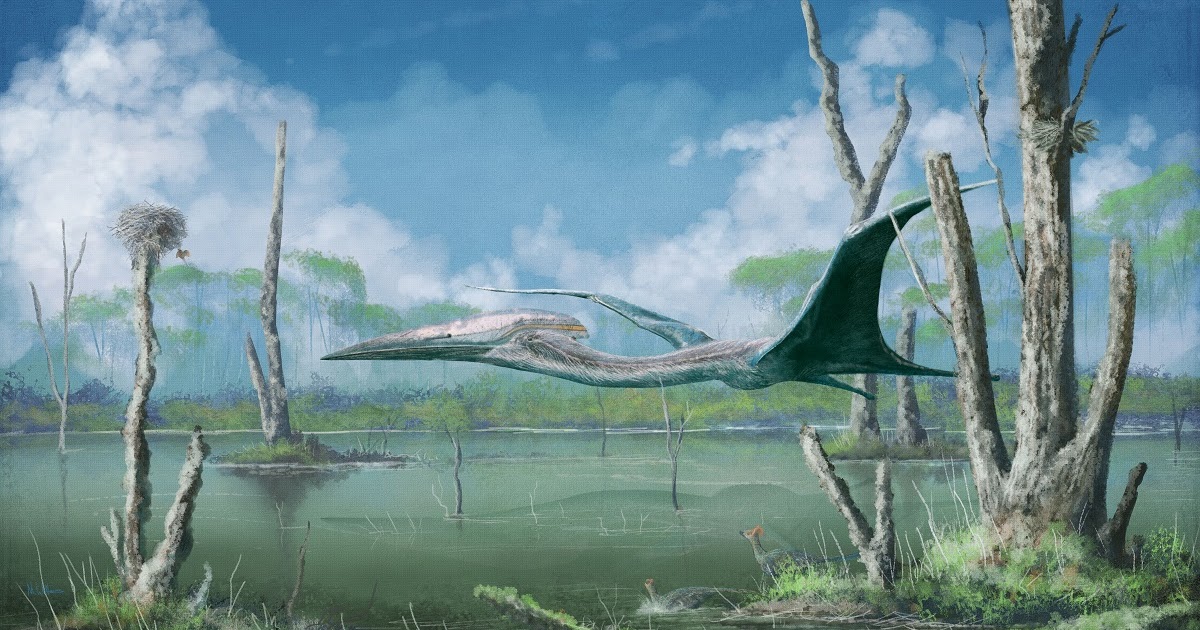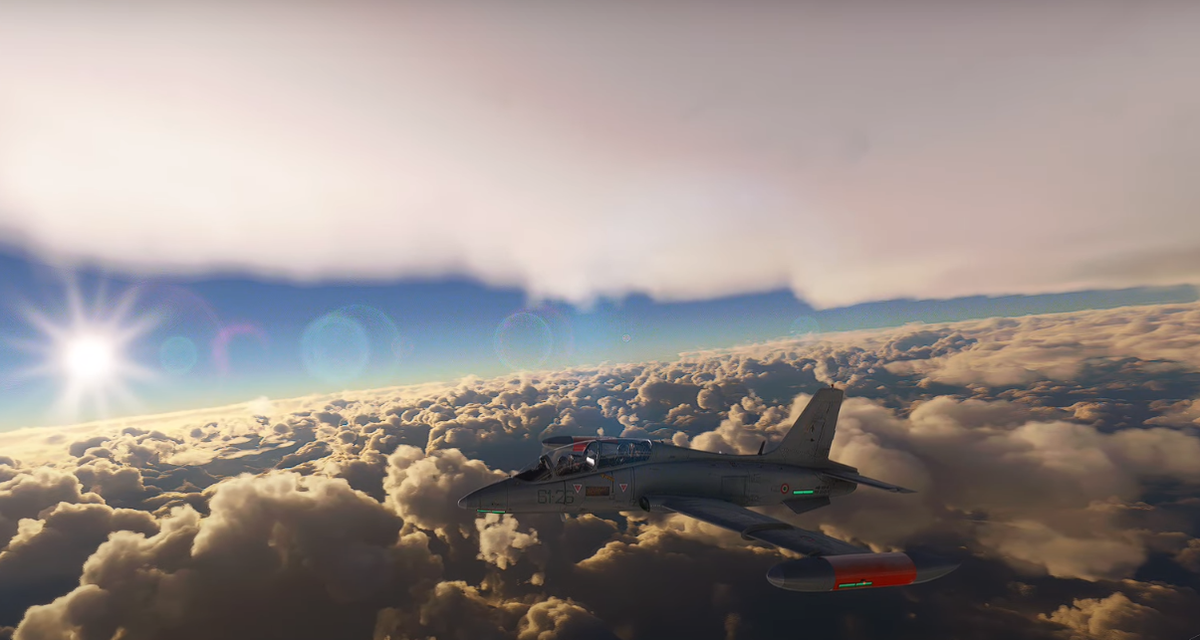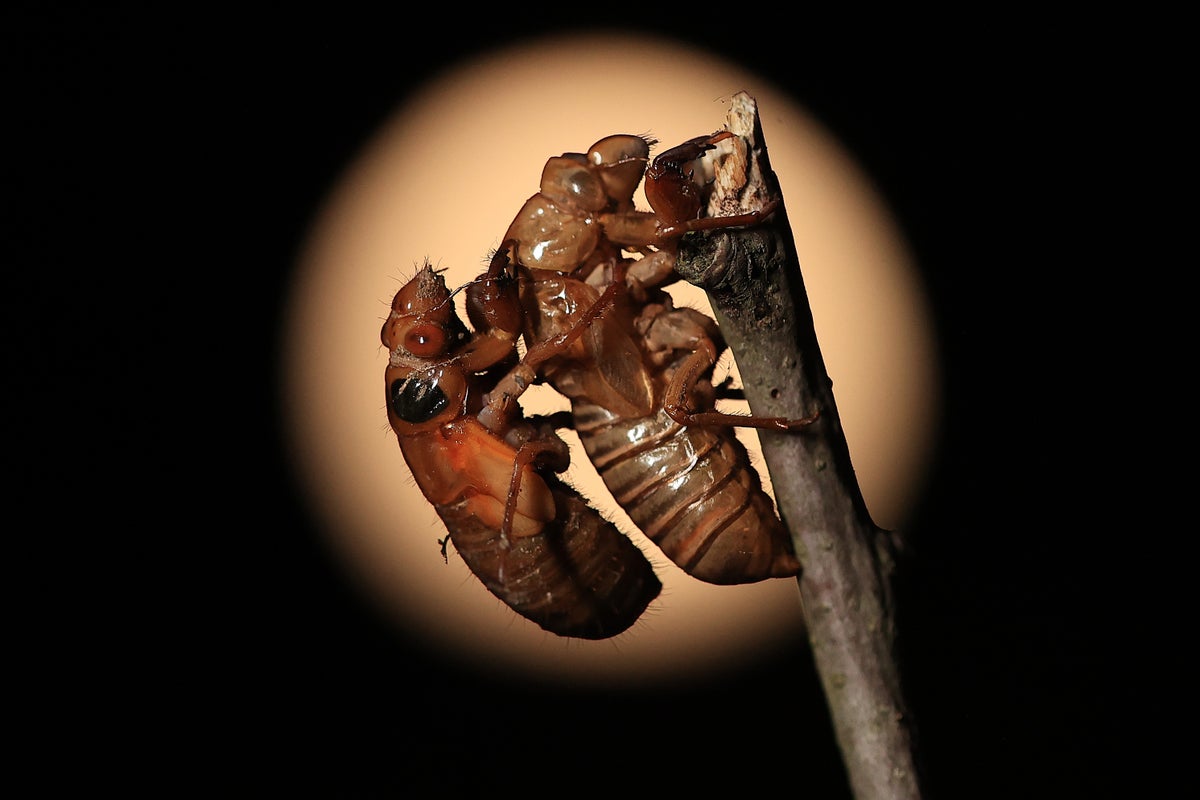
Mark P. Witton's Blog: Why we think giant pterosaurs could fly
Yes, agree with all of that. I think you can add another line of support though, the patters we see in modern flightless birds. If big azhdarchids were flightless, we would expect selection to rapidly favour a reduction of things like the wing distal to the hand, the notarium, DP crest etc. or drift to simply kill them off. We might also expect an increase in leg musculature and pelvis size etc. for a fully terrestrial animal. None of these show up in very large pterosaurs. A possible counter to this would be that juvniles could fly and adults could not, but you might still then expect the largest animals to have proportionally smaller distal wings.
Thanks for the comment, Dave. You're right of course - none of the giant material I've seen hints at reduction of flight characteristics at large size, which is what we'd expect in either a sustained evolutionary trend towards flightlessness or an ontogenetic shift towards purely terrestrial locomotion in giant individuals.
Great post - you do an admirable job on this blog of tackling rather sprawling topics concisely and in a way that is easily digestible. On the maximum mass of volant birds, I had thought that Argentavis was supposed to be rather heavier than Pelagornis, perhaps 60 + kg rather than 20 - 40 kg? Either way, still a lot smaller than 200 kg.




















